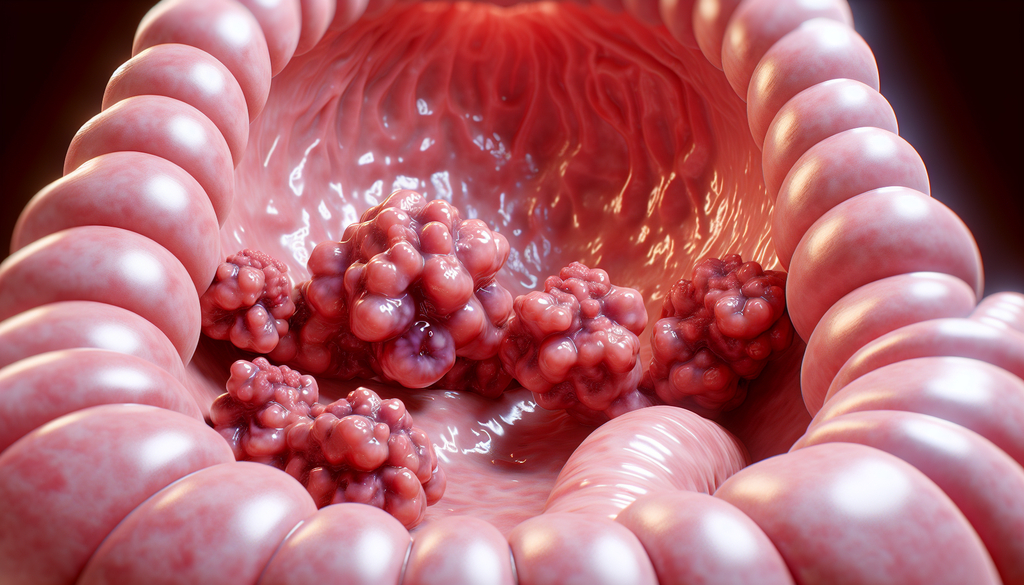Description
Neutral lipid storage disease with myopathy is a rare disorder where fats (lipids) accumulate in different parts of the body, including various organs and tissues. Individuals with this condition often experience muscle weakness (myopathy) caused by fat buildup in muscle cells. Other potential symptoms may include fatty liver, an enlarged, weakened heart (cardiomyopathy), inflammation of the pancreas (pancreatitis), reduced thyroid function (hypothyroidism), and sometimes type 2 diabetes. The range of symptoms and severity can vary widely between affected individuals.
Frequency
Neutral lipid storage disease with myopathy is extremely rare, and its exact frequency in the population is not well established.
Causes
The condition is caused by mutations in the PNPLA2 gene. This gene provides the necessary instructions for producing the enzyme adipose triglyceride lipase (ATGL). The ATGL enzyme is key in breaking down a type of fat known as triglycerides. Triglycerides store energy within cells, and before these energy reserves can be utilized, they must first be broken down into simpler fatty acids.
When a mutation affects the PNPLA2 gene, the ATGL enzyme's ability to break down triglycerides is diminished. The result is a buildup of these fats within muscles and other tissues, leading to the symptoms associated with neutral lipid storage disease with myopathy.
Learn more about the gene associated with Neutral lipid storage disease with myopathy:
PNPLA2
Inheritance
This disease follows an autosomal recessive inheritance pattern. This means that individuals must inherit two copies of the mutated gene, one from each parent, to be affected. Typically, carriers of one mutated gene do not display any symptoms of the condition.
Other Names for This Condition
Neutral lipid storage disease without ichthyosis
NLSDM
Additional Information & Resources
Genetic Testing Information
Genetic Testing Registry: Neutral lipid storage myopathy
Genetic and Rare Diseases Information Center
Neutral lipid storage myopathy
Patient Support and Advocacy Resources
National Organization for Rare Disorders (NORD)
Clinical Trials
ClinicalTrials.gov
Catalog of Genes and Diseases from OMIM
NEUTRAL LIPID STORAGE DISEASE WITH MYOPATHY; NLSDM
Scientific Articles on PubMed
PubMed
References
Bruno C, Dimauro S. Lipid storage myopathies. Curr Opin Neurol. 2008 Oct;21(5):601-6. doi: 10.1097/WCO.0b013e32830dd5a6. Citation on PubMed.
Fischer J, Lefevre C, Morava E, Mussini JM, Laforet P, Negre-Salvayre A, Lathrop M, Salvayre R. The gene encoding adipose triglyceride lipase (PNPLA2) is mutated in neutral lipid storage disease with myopathy. Nat Genet. 2007 Jan;39(1):28-30. doi: 10.1038/ng1951. Epub 2006 Dec 24. Citation on PubMed.
Kobayashi K, Inoguchi T, Maeda Y, Nakashima N, Kuwano A, Eto E, Ueno N, Sasaki S, Sawada F, Fujii M, Matoba Y, Sumiyoshi S, Kawate H, Takayanagi R. The lack of the C-terminal domain of adipose triglyceride lipase causes neutral lipid storage disease through impaired interactions with lipid droplets. J Clin Endocrinol Metab. 2008 Jul;93(7):2877-84. doi: 10.1210/jc.2007-2247. Epub 2008 Apr 29. Citation on PubMed.
Natali A, Gastaldelli A, Camastra S, Baldi S, Quagliarini F, Minicocci I, Bruno C, Pennisi E, Arca M. Metabolic consequences of adipose triglyceride lipase deficiency in humans: an in vivo study in patients with neutral lipid storage disease with myopathy. J Clin Endocrinol Metab. 2013 Sep;98(9):E1540-8. doi: 10.1210/jc.2013-1444. Epub 2013 Jul 3. Citation on PubMed.
Reilich P, Horvath R, Krause S, Schramm N, Turnbull DM, Trenell M, Hollingsworth KG, Gorman GS, Hans VH, Reimann J, MacMillan A, Turner L, Schollen A, Witte G, Czermin B, Holinski-Feder E, Walter MC, Schoser B, Lochmuller H. The phenotypic spectrum of neutral lipid storage myopathy due to mutations in the PNPLA2 gene. J Neurol. 2011 Nov;258(11):1987-97. doi: 10.1007/s00415-011-6055-4. Epub 2011 May 5. Citation on PubMed.
